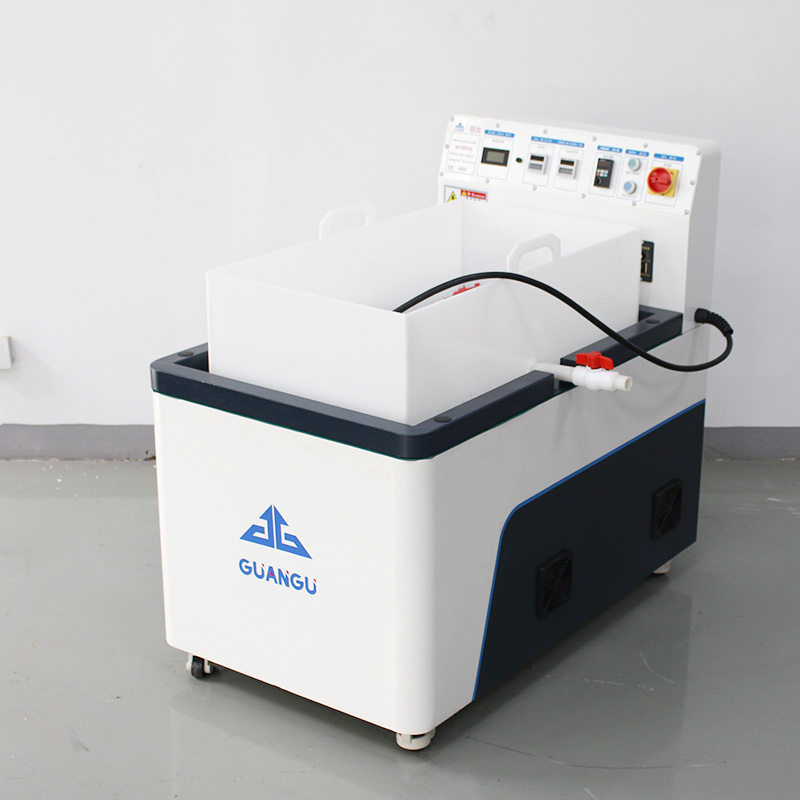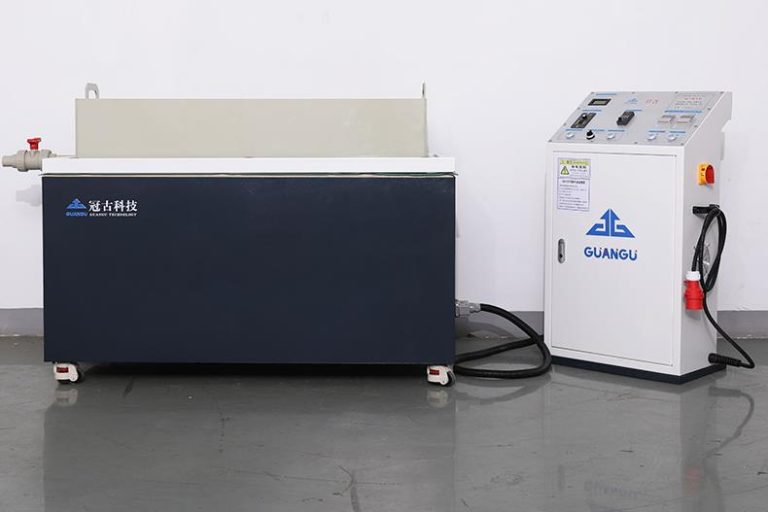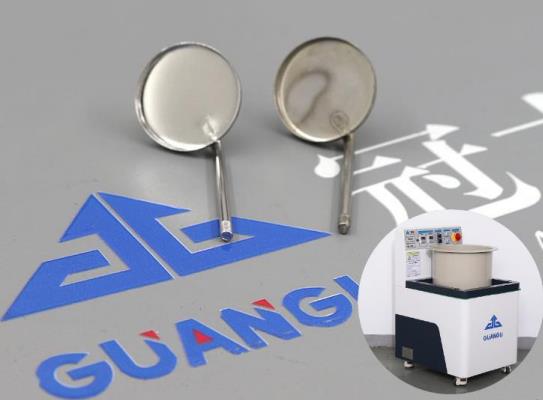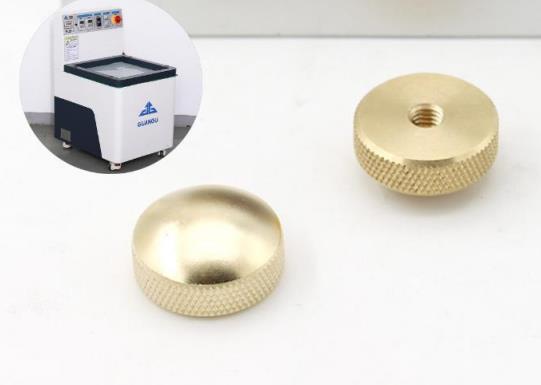With the increasing awareness of environmental protection and the adjustment of energy structure, new energy vehicles have gradually become the development trend of the automotive industry. In the manufacturing process of new energy vehicles, the cleaning of battery end plates is one of the key links. This article will explain the importance and methods of battery end plate cleaning, providing reference for the development of related industries.
1、 The importance and principle of cleaning
The battery end plate of new energy vehicles is an important component of the battery system, and its surface cleanliness directly affects the performance and safety of the battery. The main purpose of cleaning the battery end plate is to remove surface dirt, residues, and impurities to ensure that the conductivity and insulation performance meet the requirements. In addition, effective cleaning can also improve the energy density and lifespan of the battery, reducing the maintenance cost of the battery system.
The principles of cleaning mainly include physical and chemical methods. Physical cleaning utilizes physical effects such as friction, peeling force, or ultrasound to separate dirt from the surface of the end plate. Chemical cleaning is the use of chemical reagents to react with dirt, generating soluble substances or loose suspended solids, in order to achieve the purpose of cleaning.

2、 Steps and methods of cleaning
Preparation before cleaning: Check the operation status of the cleaning equipment to ensure it is in good condition; Prepare the necessary cleaning agents and tools; Inspect the battery end plates that need to be cleaned to confirm their surface condition and type of contamination.
Cleaning operation: Select appropriate cleaning methods and agents based on the degree and type of dirt; Implement cleaning operations, pay attention to controlling the cleaning temperature, time, and intensity to ensure the cleaning effect and the integrity of the end plate.
Post cleaning treatment: After cleaning, thoroughly rinse the remaining cleaning agent and dirt on the surface of the end plate with clean solvent or water; Check if the surface of the end plate is smooth and free of foreign objects to ensure compliance with requirements.
3、 Precautions and application examples
During the cleaning process, the following points need to be noted:
Safety issues: Ensure that no fire, explosion or other safety accidents occur during the cleaning process; Avoid using flammable, toxic, or corrosive cleaning agents and solvents.
Strength control: During the cleaning process, avoid using excessive force to avoid damaging the surface coating or electronic components of the end plate; For end plates with electronic components, attention should be paid to preventing short circuits or damage to the components.
Environmental protection issues: Try to choose environmentally friendly and pollution-free cleaning agents and solvents to reduce negative impacts on the environment; For waste liquids or pollutants containing heavy metals, they should be properly treated to avoid pollution to the environment.
4、 Summary
Cleaning the battery end plates of new energy vehicles is an important part of the battery manufacturing and maintenance process. By using reasonable cleaning methods and steps, dirt and impurities on the surface of the end plate can be effectively removed, improving the performance and safety of the battery. At the same time, it is necessary to pay attention to safety, strength, and environmental protection issues to ensure the smooth progress of the cleaning process. The importance and methods of cleaning described in this article have certain reference value for the development of the new energy vehicle industry.



